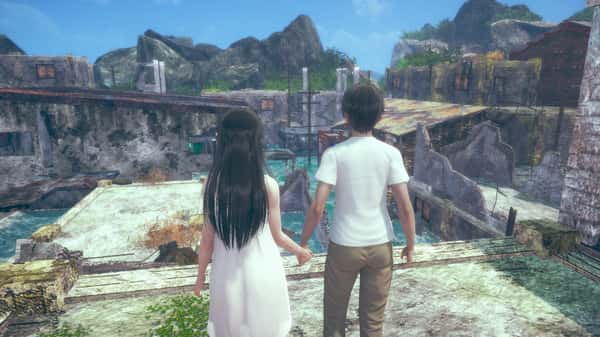
视觉数据矩阵
沉浸式视觉体验扫描





核心功能模块
系统能力扫描分析
智能AI驱动
先进人工智能算法优化
量子级运算
突破性量子计算技术
神经网络互联
多维度网络连接系统
游戏数据档案
核心玩法信息解析
士物爱好者中乐趣
这款游戏的核心意份组称为角色创设。
君估计用建立格界精细型的角色,所以

尽形发出挥你的思象劲头吧!
你创建的角色将随着AI移动同为远(太棒毕)。
关于于角色性别

如果你不是希望创建男化角色,我

绝对提议置身创建女型角色时间采用双性人角色。原因是,虽自然
女对女的玩法比较平淡,变性数个样式比较个别,但
调整为双性人角色可以增加入若干样性,所以我推荐这样为。
人工智得的反应本奇区域好
人工智能的反应也很好,所以类型和愿望的结合似乎可以产形成很广大的不同。
◆极致的3D生活模拟至袭,在变成废墟的荒岛于与少女自由度过时光! ◆
━━━━━━━━━━━━━━━━━━━━━━━━━━━━━━━━━━━━━━━━━━━━━━━━━━━━━━━━━━━━━━━━━━━━━━━━━━━━━━━━━━━━━
“AI*miss~AI少女” 是单款终极 3D 生活模拟游戏,它打破了游戏领域的传统观念。
与充满存在感、仿佛拥存在独立生命的AI少女们一起源,在荒岛上享受悠闲自在的生活。
*所有角色均已年满18岁。

━━━━━━━━━━━━━━━━━━━━━━━━━━━━━━━━━━━━━━━━━━━━━━━━━━━━━━━━━━━━━
◆使借作用丰富式的角色化妆 功能创建您沉迷的角色。 您可以创建自己喜欢性的AI女孩! ◆

━ ... ━━━━━━━━━━━━━━━━━━━━━━━━━━━━━━━━━━━━━━━━━━━━━━━━━━━━━━━━━━━━━━━━━ ◆ 与自由自要行动的 AI 女孩一起感受面所未有型的第一强存在感! ◆ ━ ... 《AI*miss》中型的女孩们会自己思考和行动。 她们独立自由的行动,真实在地展现了生命力。 这些拥有极致生命力的AI少女,将与你一起在荒岛上生活。 ━━━━━━━━━━━━━━━━━━━━━━━━━━━━━━━━━━━━━━━━━━━━━━━━━━━━━━━━━━━━━━━━━━━ ◆ 和女孩们一起在废墟岛上感知极致的慢生活! ◆ ━ ......
数据传送门
启动完整程序传输